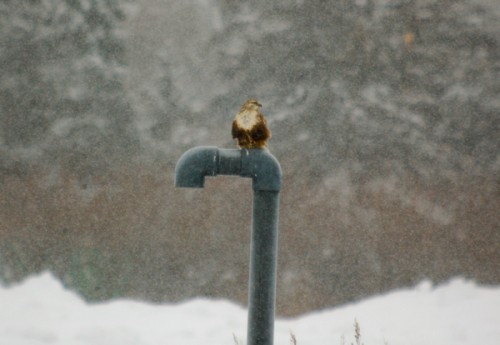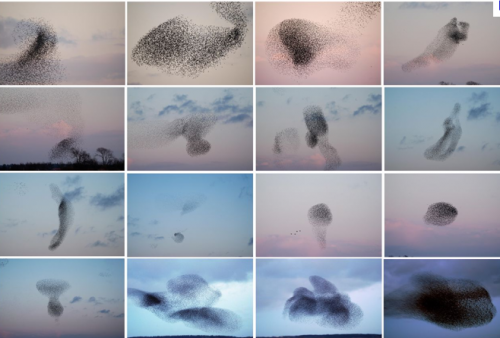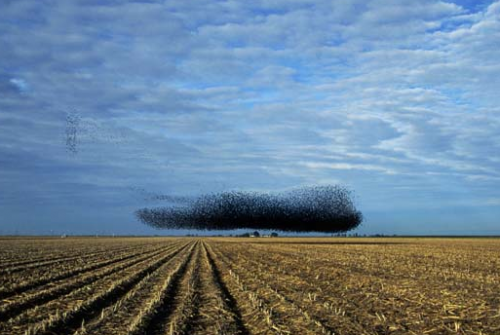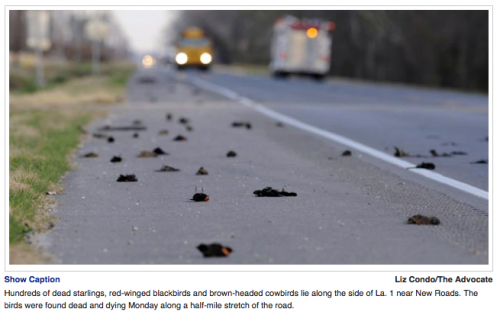Last fall I got an offer to write a book. The money solved a financial problem for me and I agreed to it. I wasn’t sure that the world needed another beginner bird book, but it needed to be written, the process intrigued me, and I’d had a serious case of writer’s block during the pandemic and was finally crawling out of that hole.
I like deadlines, they give me focus. But like any writer, there comes a point when you realize you had some ideas for part of the book and no ideas for the other. And first drafts are for vomiting it all out on paper, no matter how messy it is and a good editor will help you fix that in subsequent drafts. So I wrote the Canada goose profile for a book and thought, “I’m sure the editor will make me fix this later, I’m tired and want to turn this in.”
They did not.
And I put this on Twitter.
When you write a book and it comes out, publishers want you to promote it. I’m in the process of starting a new job and moving to Alaska…all with a book coming out. So I put up a flip tweet about a flip comment I made about geese and it went VIRAL AF. Yay me for efficient marketing at a time when I have too much going on.
So the short of it is, I wrote a beginning birding book. If the above made you giggle and you think a non birder in your life would like to learn more about birds you can order North American Birdwatch for Beginners.
Because this book is coming out as I’m moving, I don’t have autographed copies now. Since shipping books to Alaska and shipping them to you might make them more expensive than they need to be, I may look into getting stickers that I can personalize to send out. I won’t have a good answer for this until mid-May.













 Rough-legged hawk in the snow. This is a bird being seen in the New Brighton area of the Twin Cities. I found it hunting an open area along with 2 red-tailed hawks--buteos getting along. Apparently it's been around awhile. I see it's sunny today, I may go back out and get some sunny photos.
Rough-legged hawk in the snow. This is a bird being seen in the New Brighton area of the Twin Cities. I found it hunting an open area along with 2 red-tailed hawks--buteos getting along. Apparently it's been around awhile. I see it's sunny today, I may go back out and get some sunny photos.









